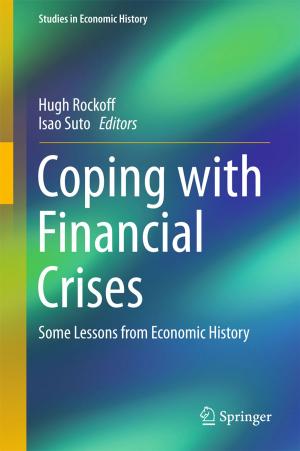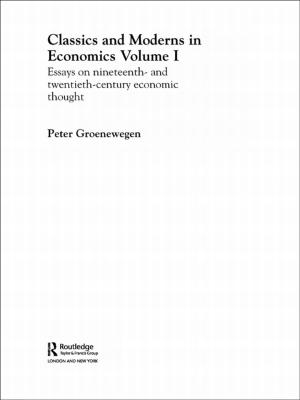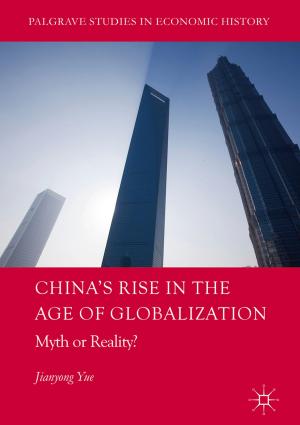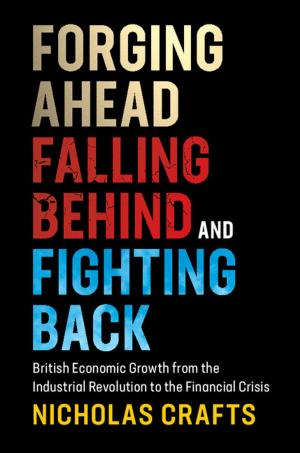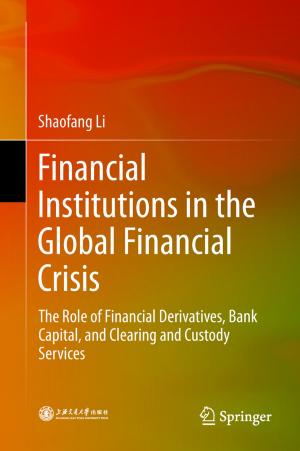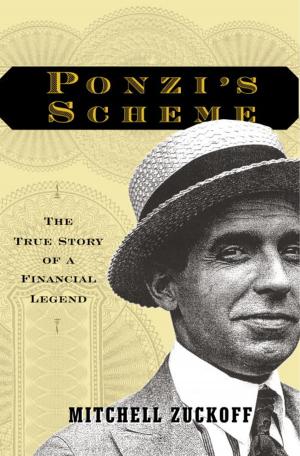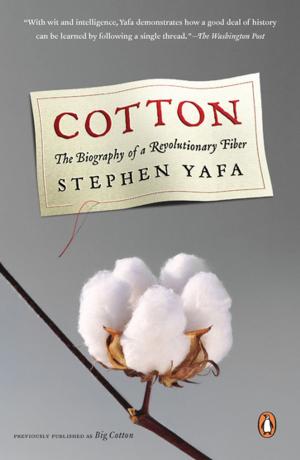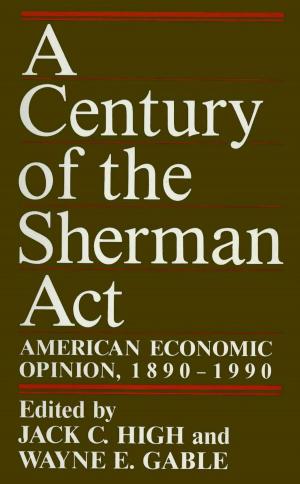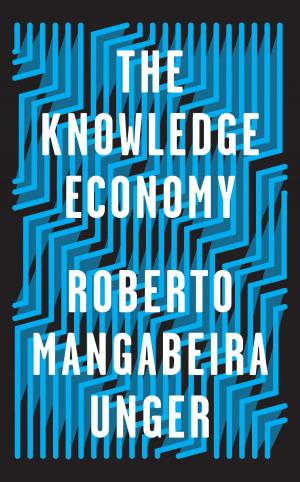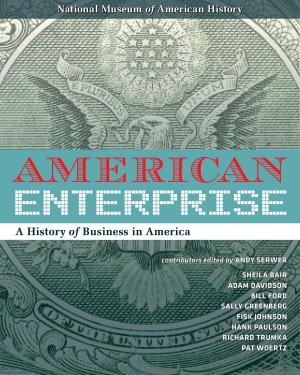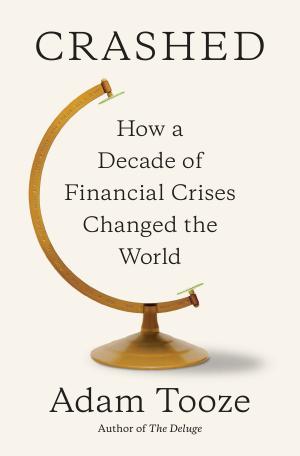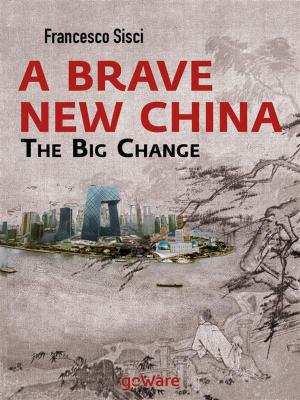Bull Market: The rise and eclipse of Australian stock exchanges
Nonfiction, History, Australia & Oceania, Business & Finance, Economics, International, Economic History| Author: | John Tilston | ISBN: | 9781326568825 |
| Publisher: | John Tilston | Publication: | December 14, 2016 |
| Imprint: | Language: | English |
| Author: | John Tilston |
| ISBN: | 9781326568825 |
| Publisher: | John Tilston |
| Publication: | December 14, 2016 |
| Imprint: | |
| Language: | English |
Stock exchanges were crucial in developing Australia by greasing the often-creaking wheels of investment. Their spluttering into life in the 1880s was fractious and disorganized, but fledgling stockbrokers couldn’t ignore the need for marketplaces to trade stocks and shares in the burgeoning mining industry. They struggled through the great economic distress of the Federation Drought in the 1890s and emerged as coherent, collegiate markets based in state capitals that endured for 80 years.
As the government pushed deregulation through the economy and opened it to the world by floating the dollar, bolder stockbrokers realized state-based exchanges were no longer fit for purpose. They drove amalgamation into a national organization – the ASX . Then capabilities of rapidly developing technology forced more change: closing trading floors and switching to computer trading; and to incorporation. As stockbrokers took handsome profits from the float of the ASX, the big banks moved into stockbroking, all but wiping out the broking partnerships, marking the end of ‘gentlemanly capitalism’.
Now global banks using technology to dominate the modern era. Dark pools and high frequency trading have the ASX scrambling to stay relevant. Yet it still holds some aces: transparent pricing guides and the scaffolding to support investment products like Exchange Traded Funds.
Major events shaped and battered the exchanges. The gold rushes, governments’ infrastructure push, devastating World Wars, painful market crashes in 1929, 1987 and 2008, wild 1980s corporate cowboys marauding on the back of cheap money, and great swindles all left their mark.
Of the many people who built stock exchanges, some stood out. In Melbourne influential J.B. Were set up a broking firm respected for a hundred years; it was innovative and often pushy. The silky Ian Potter brought a new level of sophisticated networking that opened up the underwriting market. The brash Jim Bain dragged Sydney’s reluctant brokers into the modern age.
Stock exchanges were crucial in developing Australia by greasing the often-creaking wheels of investment. Their spluttering into life in the 1880s was fractious and disorganized, but fledgling stockbrokers couldn’t ignore the need for marketplaces to trade stocks and shares in the burgeoning mining industry. They struggled through the great economic distress of the Federation Drought in the 1890s and emerged as coherent, collegiate markets based in state capitals that endured for 80 years.
As the government pushed deregulation through the economy and opened it to the world by floating the dollar, bolder stockbrokers realized state-based exchanges were no longer fit for purpose. They drove amalgamation into a national organization – the ASX . Then capabilities of rapidly developing technology forced more change: closing trading floors and switching to computer trading; and to incorporation. As stockbrokers took handsome profits from the float of the ASX, the big banks moved into stockbroking, all but wiping out the broking partnerships, marking the end of ‘gentlemanly capitalism’.
Now global banks using technology to dominate the modern era. Dark pools and high frequency trading have the ASX scrambling to stay relevant. Yet it still holds some aces: transparent pricing guides and the scaffolding to support investment products like Exchange Traded Funds.
Major events shaped and battered the exchanges. The gold rushes, governments’ infrastructure push, devastating World Wars, painful market crashes in 1929, 1987 and 2008, wild 1980s corporate cowboys marauding on the back of cheap money, and great swindles all left their mark.
Of the many people who built stock exchanges, some stood out. In Melbourne influential J.B. Were set up a broking firm respected for a hundred years; it was innovative and often pushy. The silky Ian Potter brought a new level of sophisticated networking that opened up the underwriting market. The brash Jim Bain dragged Sydney’s reluctant brokers into the modern age.

